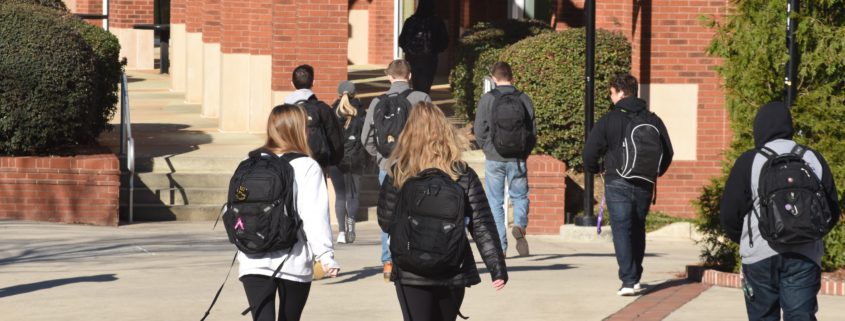One-Stop Shopping: Is this effective customer service for students?
By: Heather Hollandsworth, Ed.D, FAS Senior Consultant
Higher education can feel like a merry-go-round for students. Now, more than ever, students need assistance navigating the myriad of changes in higher education policy and procedures.
I recommend that institutions of higher education consistently review their methodology of providing student services on campus. It is decidedly important that students have at least a basic knowledge of what to expect with any changes in educational policy from a federal, state, or institutional perspective that could impact their educational goals.
To this end, creating or moving towards a one-stop student-centric experience may be the best course of action for many institutions. As a financial aid professional for over twenty years, I saw firsthand how confused and uncertain students were with most educational topics, whether it was financial aid, how to pay their balance, or even how to register for classes. Many would be bounced across campus from one office to another trying to find answers to questions about financial aid, student accounts, and/or registration. For this purpose, I define a one-stop shop student-centric experience as a streamlined approach that consolidates communication from essential administrative services, such as financial aid, student accounts, and bursar offices.
A One-Stop Shop does not look the same for all institutions. It could be:
- A central location for all student-centric offices on the campus
- A call center for the institution where students have one point of contact for assistance
- An effective staff cross-training initiative
- Or institutions could create a vision for their student population.
There is no right or wrong way to create a one-stop shop experience for students institutions will be different based on the students they serve.
For those institutions that have a large population of on-campus students, a central location may be the best option so that students are not pushed from building to building to find help. Nel Noddings (2013) ascertained that “Everywhere we hear the complaint “nobody cares” and our increasing immersion in bureaucratic procedures and regulations leads us to predict that the complaint will continue to be heard. As human beings we want to care and be cared for” (p. 7).
Simple. Succinct. Right? Just show the students that we care – we all know that as financial aid professionals, we will take any steps that we can to ensure that our students are cared for. However, with the increasing number of policy changes, especially from a federal standpoint (Can you say FAFSA Simplification?), we are all inundated with more and more work, and our focus is placed on compliance versus student satisfaction.
Research tells us that students need and want a centric student services model at their institution.
- Johannes (2012) stated that “institutions must find a way to defragment the student experience and build cooperative, collaborative, student-centric delivery of these services. The one-stop student services model was created in an attempt to make the delivery of student service functions a better experience for the current population of university students ( 2).
- Altieri (2019) explained that “…plenty of tasks still require students—at some of the busiest times of the year—to find offices they never knew existed (and that can’t seem to communicate with each other), to submit the right paperwork with the right signatures, and to wait in line only to have to repeat the process to complete yet another task in yet another building across campus” (p. 45).
So, look at how your student customer service paradigm works. Poll the students to see what they think and what they want and then talk to administrators about making effective changes to best assist the students. This could impact enrollment and retention over time, which is the main goal of any institution. Plus, campus offices could more effectively communicate and get students the important information they need.
References
Altieri, F. M. (2019). The next generation of one-stop student service centers: Part one. College and University, 94(2), 45-48. https://www.aacrao.org/research-publications/quarterlyjournals/college-university-journal/issue/c-u-vol.-94-no.-2-spring
Johannes, C. L. (2012). One-stop student services a student perspective [ProQuest LLC]. In ProQuest LLC. http://gateway.proquest.com.proxymu.wrlc.org/openurl?url_ver=Z39.88- 2004&rft_val_fmt=info:ofi/fmt:kev:mtx:dissertation&res_dat=xri:pqm&rft_dat=xri:pqdis s:3516494
Noddings, N. (2013). Caring a relational approach to ethics and Moral Education. University of California Press



